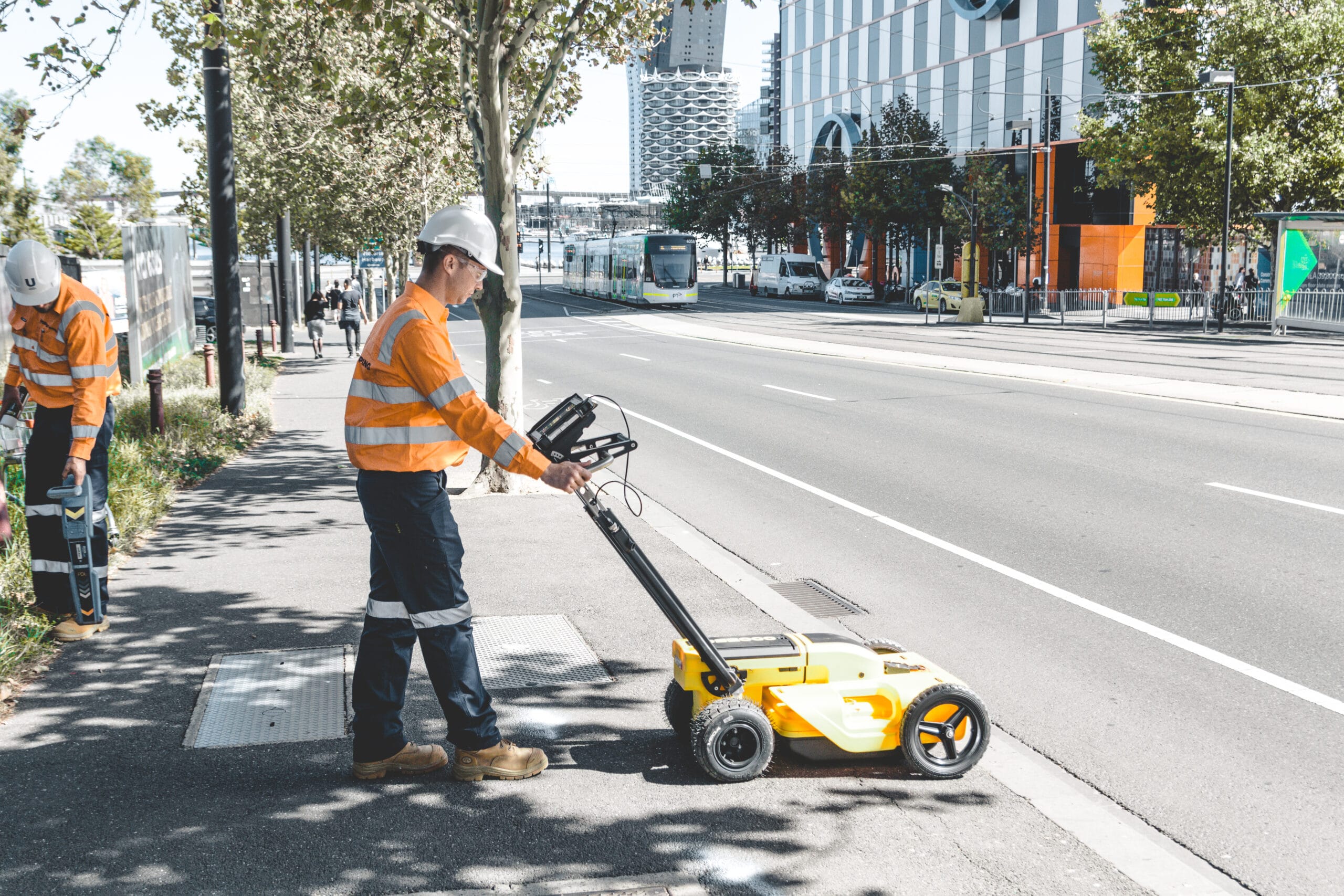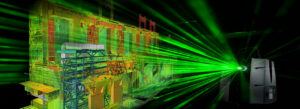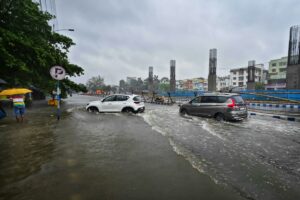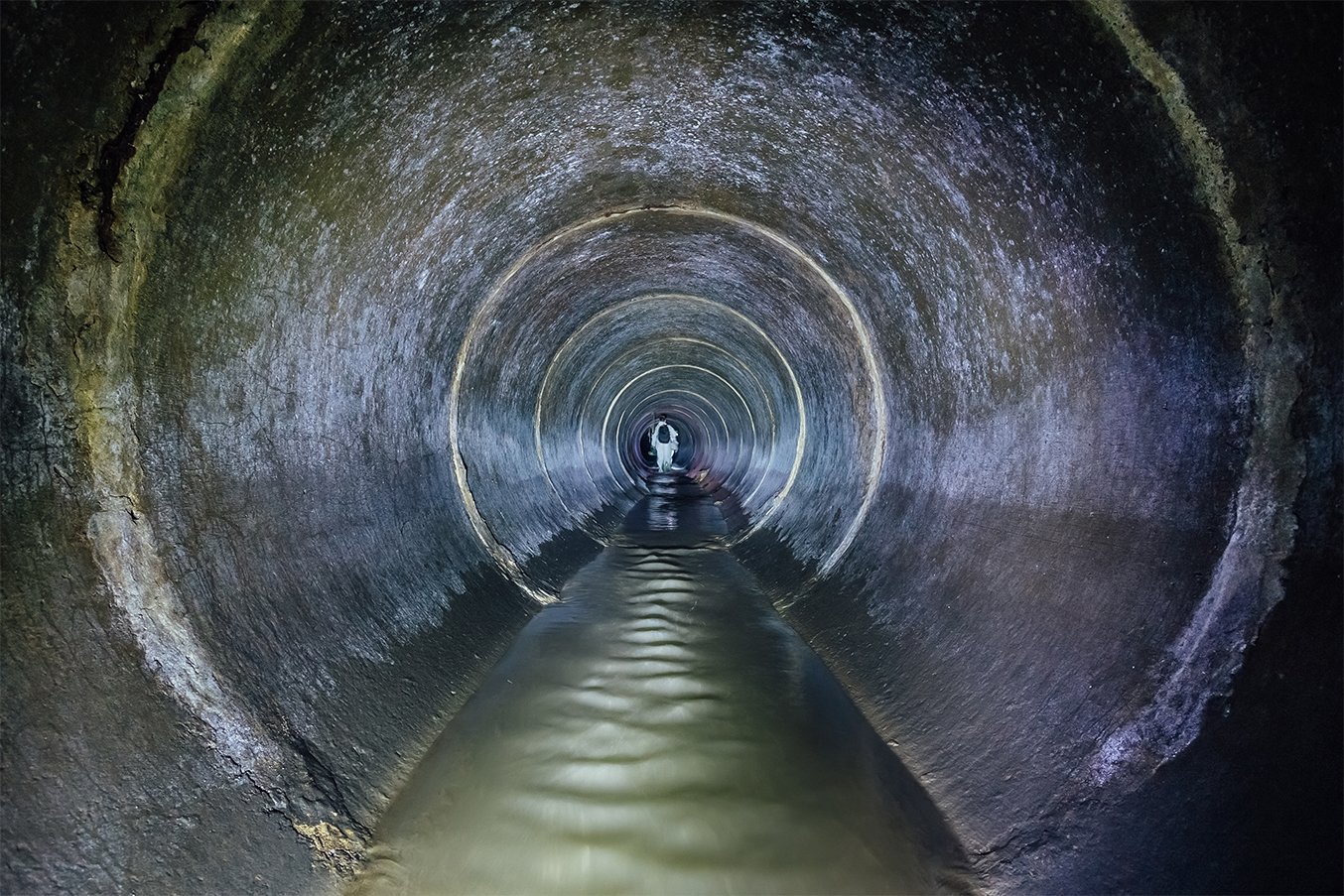Underground Utility Mapping Survey
To address the challenges posed by poorly managed underground utilities, we offer Underground Utility Mapping Surveys. This essential service helps prevent disruptions to water and electricity supplies and mitigates risks of accidents, such as gas explosions. Our approach utilizes electromagnetic wave signals to accurately detect the alignment and depth of underground utilities, providing clients with vital information for:
- Detecting utility alignment and depth
- Managing utility properties using record drawings
- Designing utility layouts
- Reducing project risks and costs associated with utility damage
- Complying with statutory regulations, such as the Electricity Supply Lines (Protection) Regulation Cap 406
Multi-Channel Analysis Surface Wave (MASW) Survey
Our MASW survey employs trenchless geophysical technology, providing an efficient alternative to traditional drilling and trenching for site investigation. This non-destructive method is particularly advantageous in urban areas, minimizing surface disruption while delivering detailed insights into subsurface conditions.
MASW measures seismic surface waves mainly from 2 types of seismic sources
- Active Mode:
- Source generated by hammers or weight droppers on ground
- Survey depth is within 30m
- Passive Mode:
- Source obtained by ”ambient noise” – such as trucks or construction activities
- Survey depth from 30m to 120m
Applications of the MASW Survey:
- Identification of subsurface layers
- Location of deep obstructions
- 3D visualization of boulders and rock head profiles
- Void detection beneath high water levels
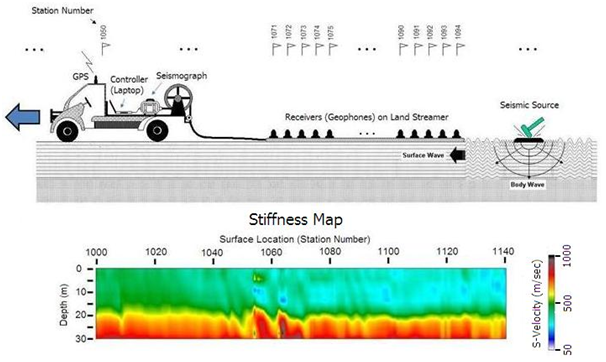
Multi-array Vehicle Mount 3D GPR Survey
This Multi-array Vehicle Mount 3D GPR System consists of several individual antenna elements (transmitters and receivers) arranged to create multiple measurement channels that operate simultaneously and are closely spaced. It is designed to survey larger areas and apply 3D processing and visualization techniques , collecting significantly more data in one pass compared to a typical GPR system. Furthermore, this vehicle- mounted system can help eliminate the need for Temporary Traffic Arrangement implementation in carriageway areas , which can greatly reduce the time and cost of survey work.
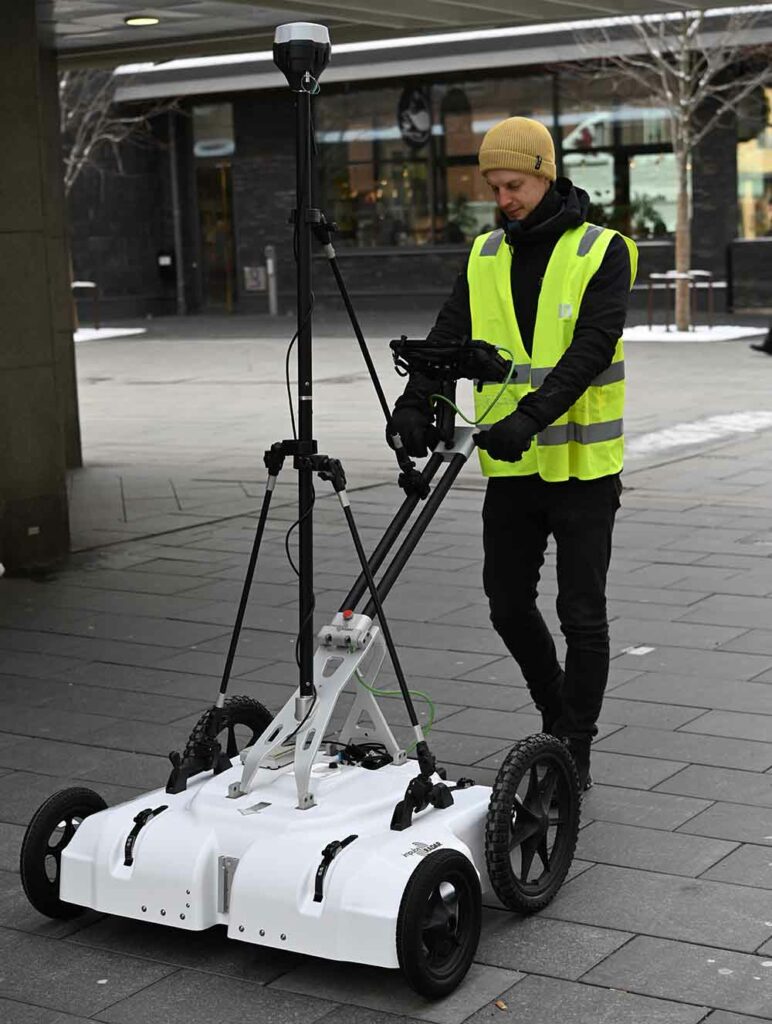
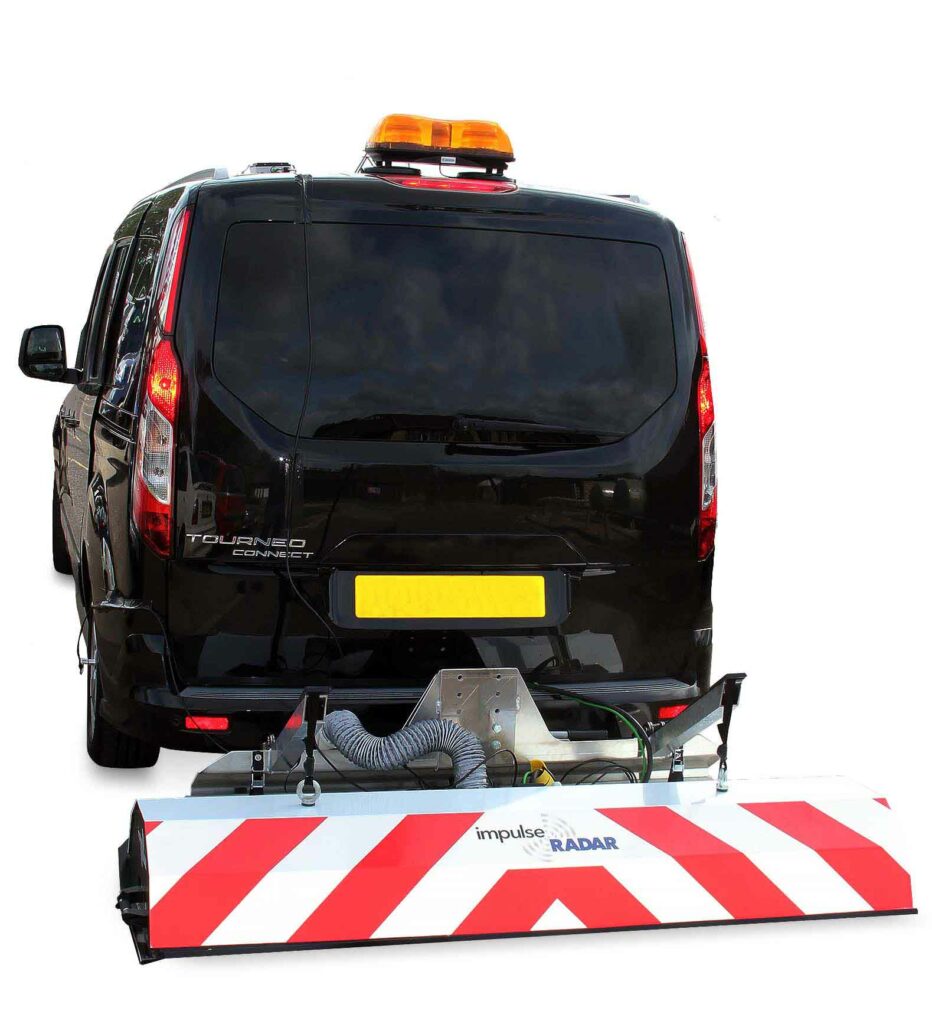
- Application:
- Underground Void Detection
- Road Health Condition Survey
- Water Leakage Detection
- Archaeological Investigations
- Utility Mapping
- High-speed carriageway application
Land Surveying
Our land surveying services focus on accurately mapping site features, leveling, and positioning regarding the Hong Kong Principal Datum. Utilizing a total station set up at horizontal control points, we meticulously measure and record essential data, including roads, utilities, buildings, and terrain points. The resulting topographic data is delivered in AutoCAD or MicroStation format, tailored to meet contract requirements.
Tree Topographical Survey
Our Tree Topographical Survey assesses the botanical aspects of trees on-site, providing detailed information such as:
- Plant species, names, and general health conditions
- Coordinates and elevation of trees
- Diameter at Breast Height (DBH)
- Height and spread of trees
- Unique reference markings and tree numbering
- Girth measurements
This comprehensive data aids in effective planning and management of green spaces.
Seabed Profiling Survey (Hydrographic Survey)
Bathymetric surveys are crucial for understanding underwater landscapes and currents. Applications include:
- Environmental Modeling: Assessing the ecological impact of human activities.
- Vessel Traffic Systems: Improving navigation in ports and harbors.
- Current Monitoring: Understanding shallow water currents in rivers and estuaries.
